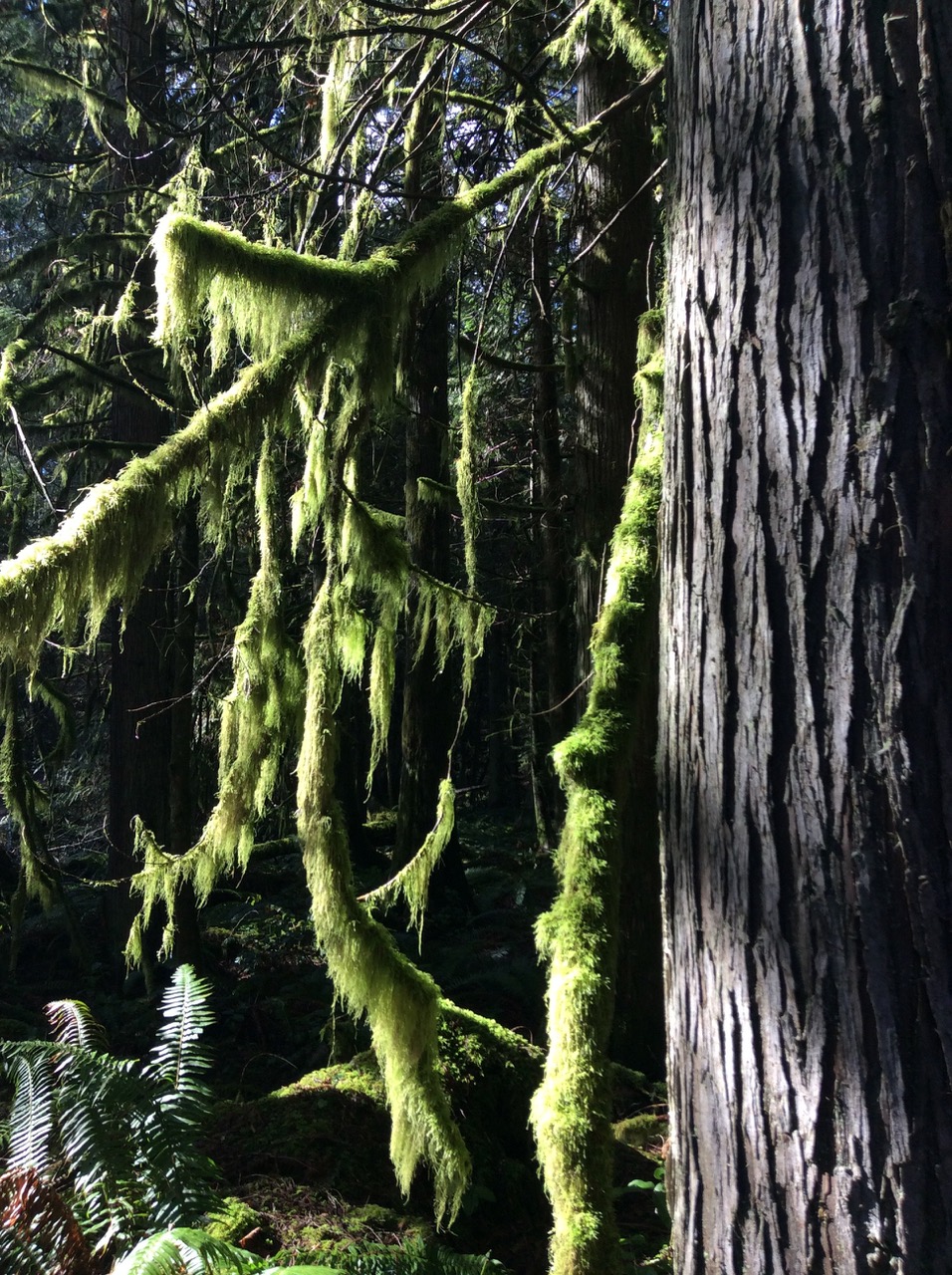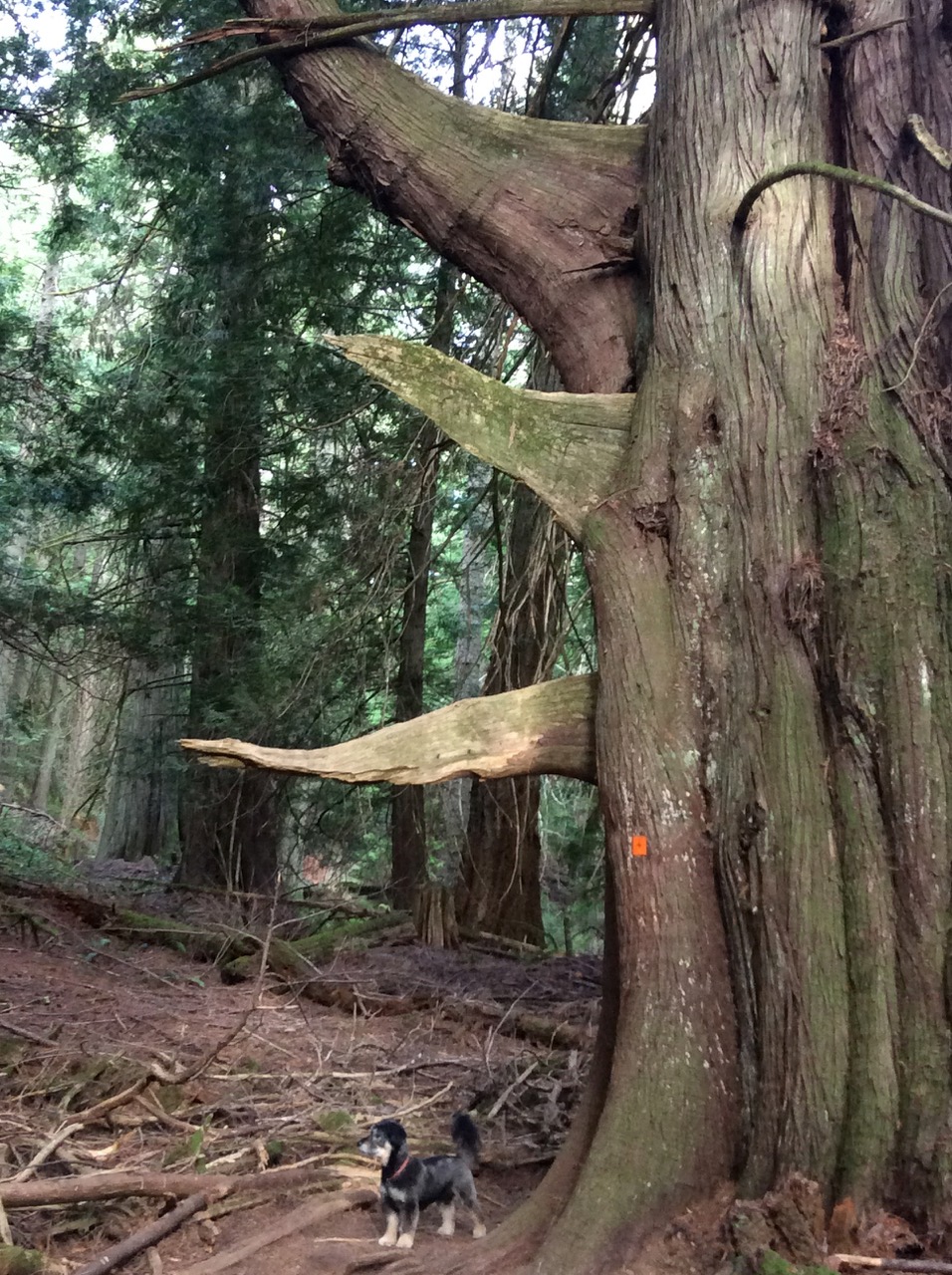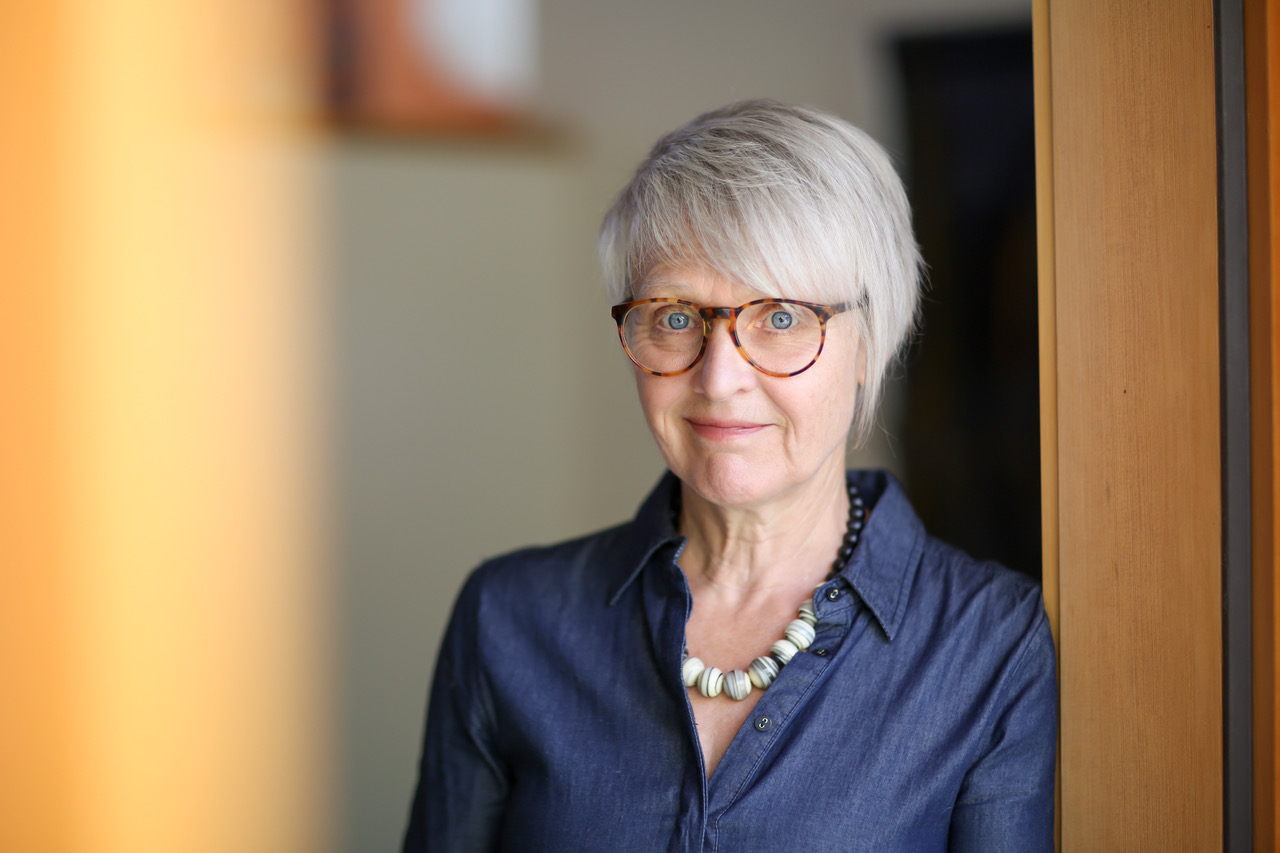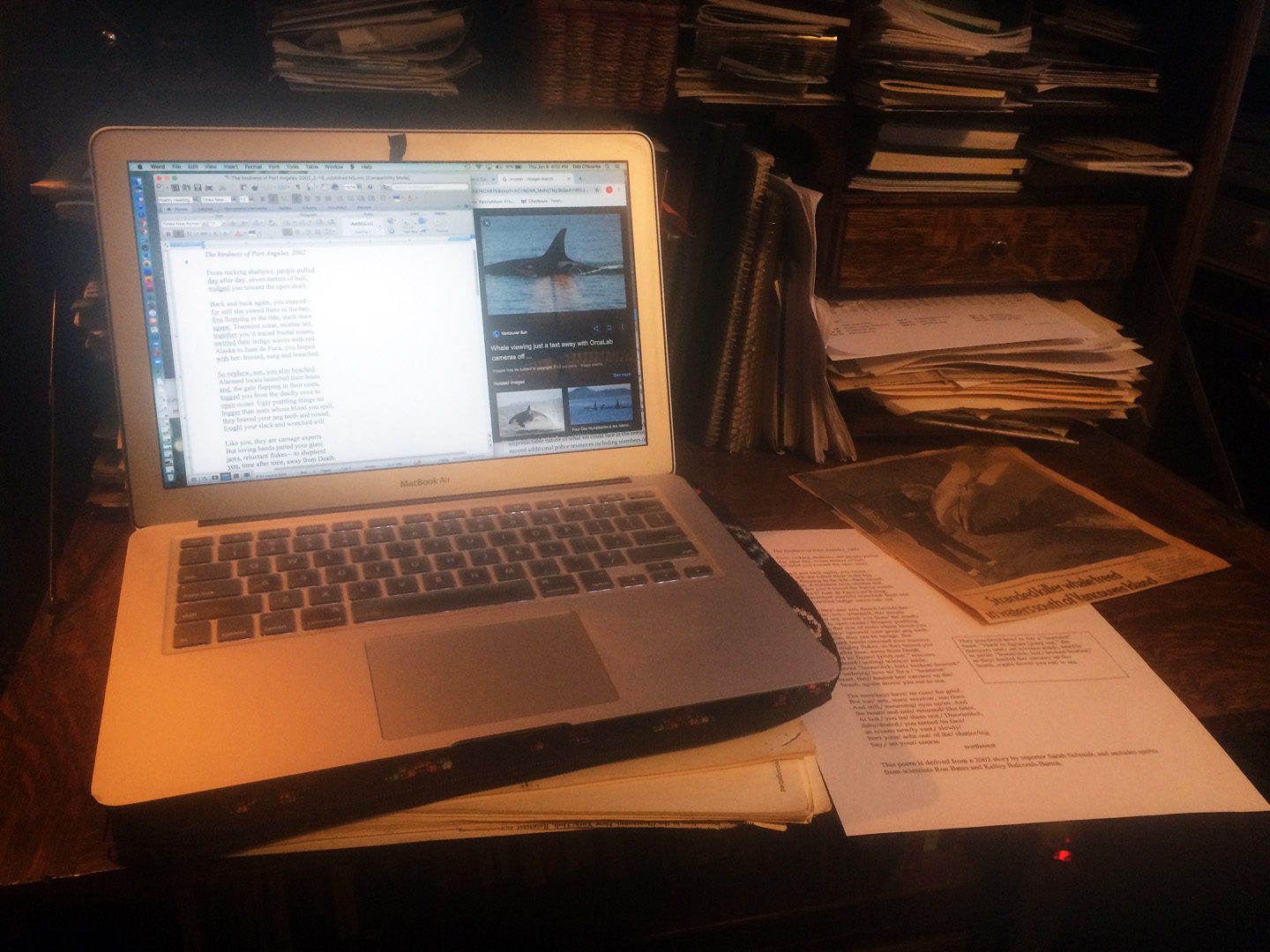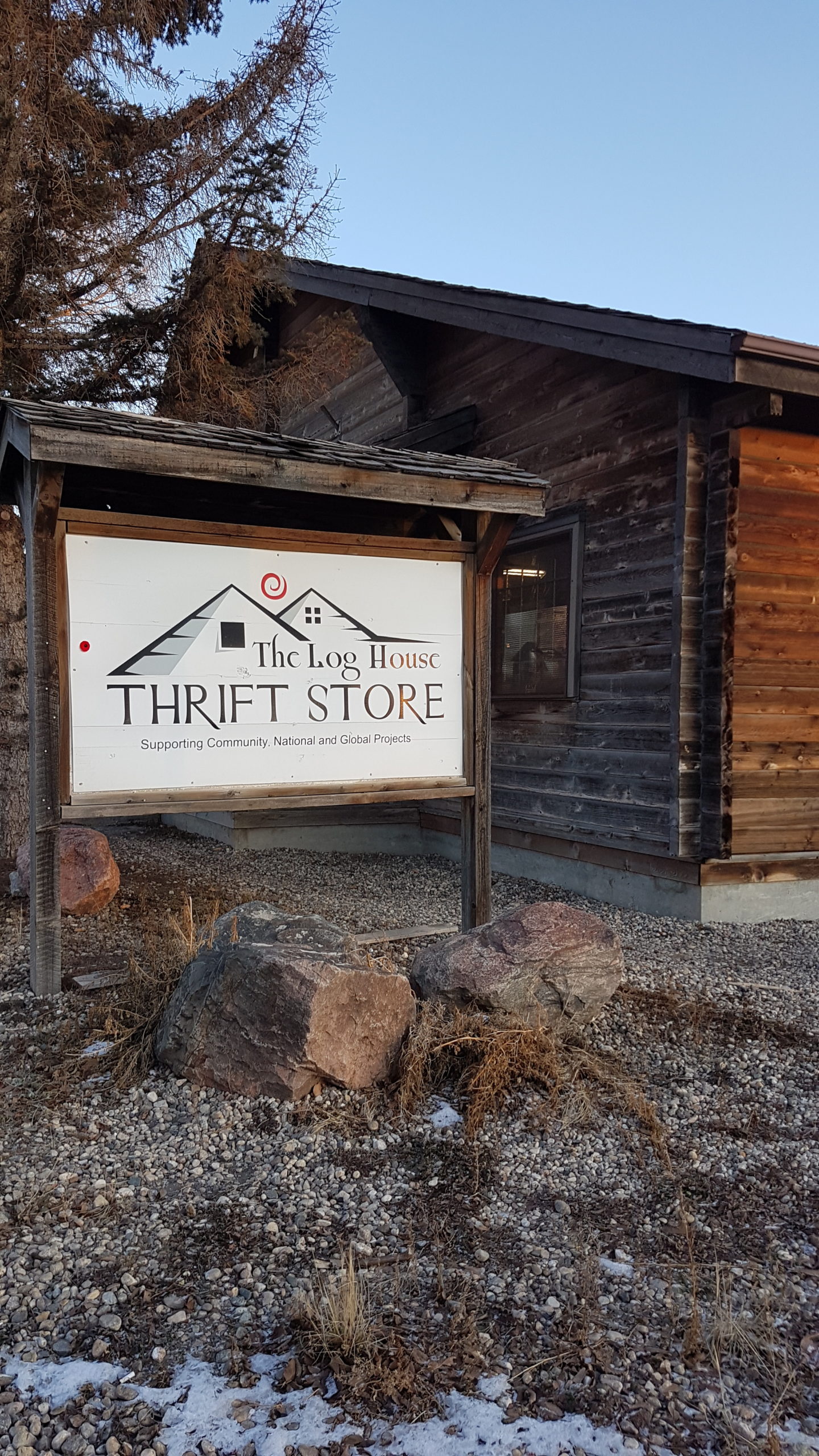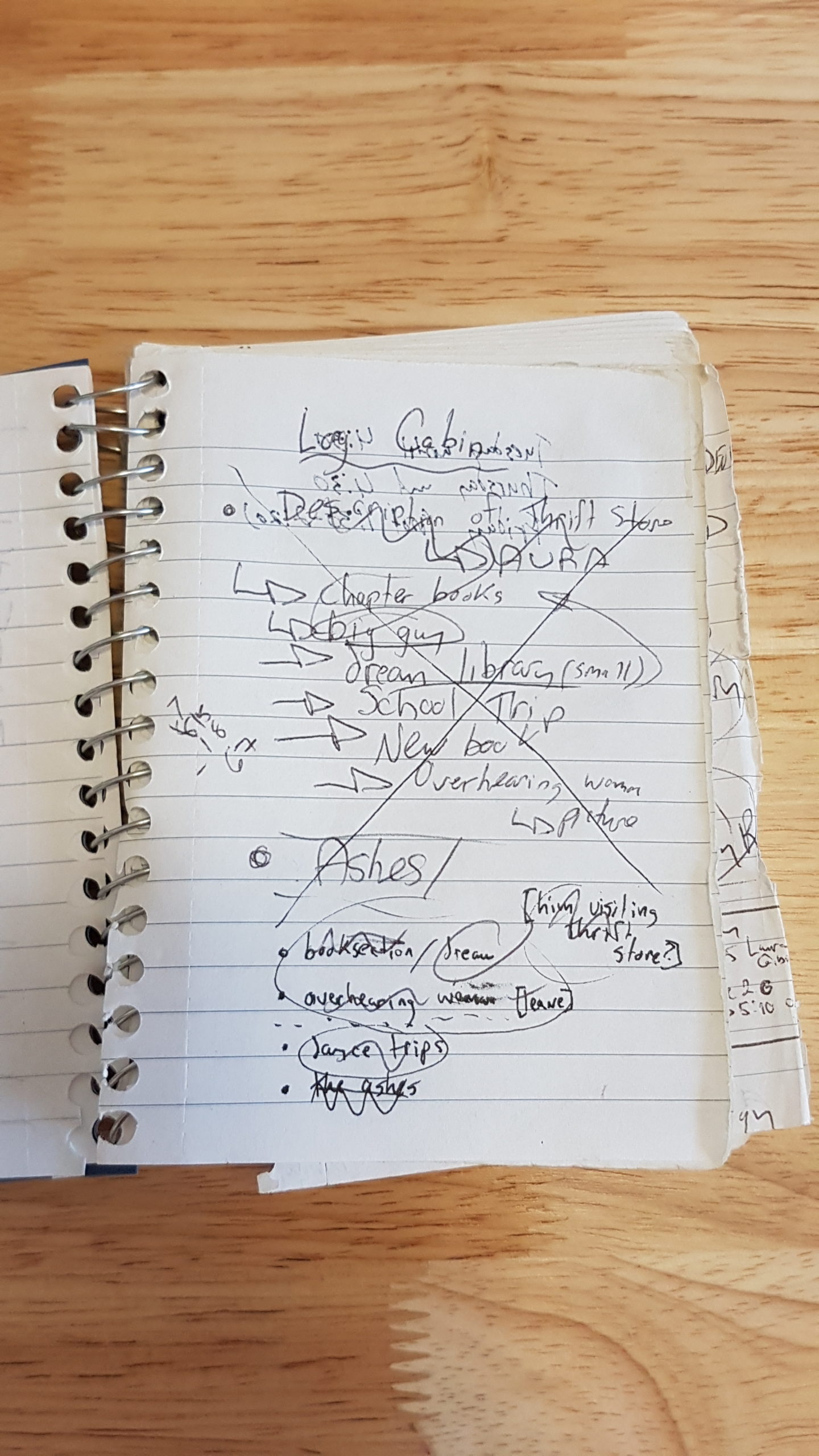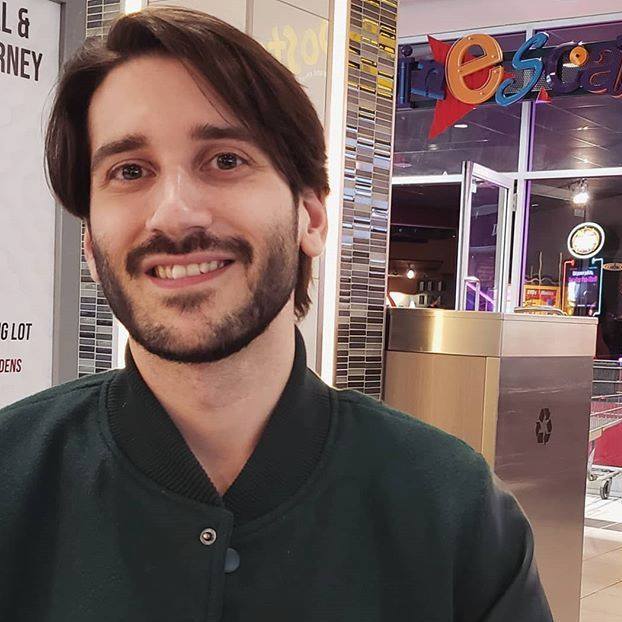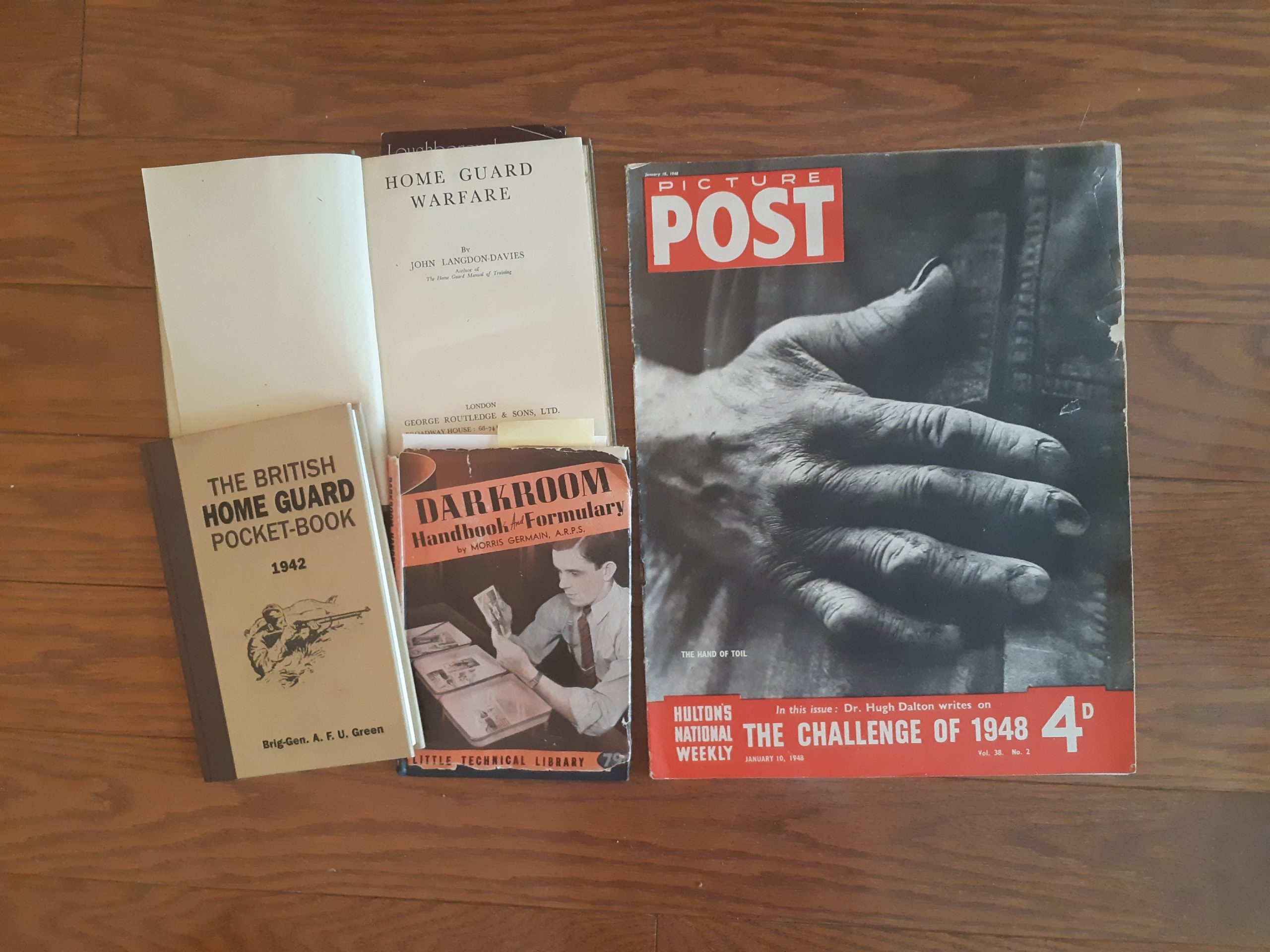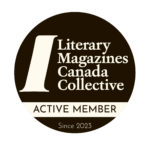Finding the Form with Glen Huser
Back in the 1970s—were any of you alive then?—as I worked on an Education degree at the University of Alberta in Edmonton, I had the good fortune to study creative writing under the guidance of W. O. Mitchell and Rudy Wiebe. In our seminars we worked on shorter pieces for discussion. Mitchell, in particular, encouraged us to “fall into” our stories—explore experiences that came freely to mind with as much sensual recall as we could muster (“sensual” in that we should seek to immerse ourselves in all five senses to bring a scene to life). While what emerged from my typewriter (remember—it was the 1970s) was loosely formed, I was finding a way to tap into the energy of scenes. And later these first runs offered the seeds for developing and shaping the material into stories that might prove publishable. A couple did appear in literary magazines and one in a NeWest anthology.
What factors were involved in shaping the Mitchell raw material into more polished entities? Here I think a lifelong love of movies came into play. I saw characters and scenes as if they were a movie playing out in my mind. My words had to become the camera and the sound track. Somehow it worked.
“Mitchell, in particular, encouraged us to ‘fall into’ our stories—explore experiences that came freely to mind with as much sensual recall as we could muster”
After the publication of those short stories, my writing road took different directions. My first novel, Grace Lake, was shortlisted for a number of awards. Stitches, my second young adult novel, won a Governor General’s award for children’s literature. I became immersed in writing novels and scripting picture books for young readers—and taught that genre for several years for the online program in Creative Writing at UBC.
In the last couple of years, though, I’ve begun sorting through some of my writing that has lain dormant in file cabinet drawers. Among the pieces were a couple of short stories that urged a recall to life. One of these, “Coffee Boys,” was published by the Victoria online magazine Plenitude a year ago (you can still read this if you access their site). “Dancing with Christians” caught the eye of editorial readers at The New Quarterly. I couldn’t be more pleased. Both stories are centered on gay central characters and, as in a good deal of my fiction for both adults and young adult readers, draw to some extent on my own experiences in the LGBT world and its expanding horizons.
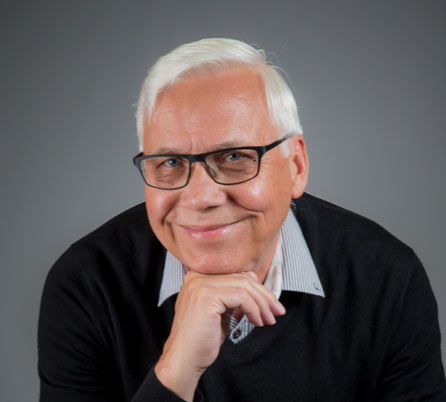
Glen Huser’s first novel, Grace Lake, was shortlisted for several prizes. Stitches won a Governor-General’s award. His stories have appeared in literary magazines and anthologies.
Photo by Andrew Seaman on Unsplash.

